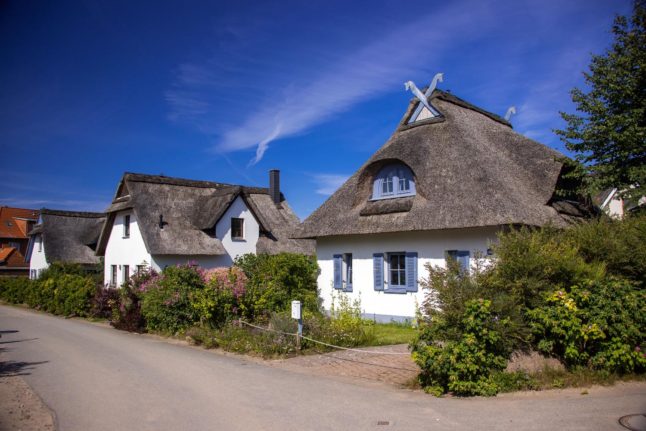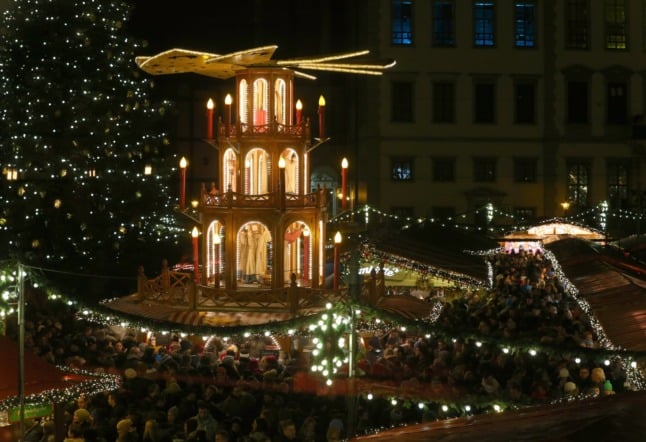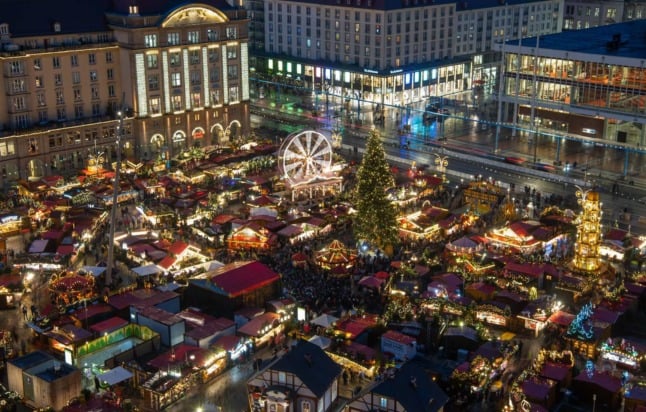A house by the lake, an apartment with a view of the sea or a retreat in the mountains: long before the coronavirus crisis, vacation properties were the dream of many people.
The second home or the weekend cottage promised distance from everyday life, peace from the confines of the city and more greenery. In coronavirus times, the desire for such a setup is surging.
“The demand for vacation properties is definitely higher than before the crisis,” says Daniel Ritter, managing partner at the broker von Poll. “The desire to escape from the city into nature and be able to avoid contacts has increased even more.”
The prices, for example, for the coveted holiday apartments on the North Sea islands, which already cost upwards of €10,000 per square meter before the pandemic, rose again by around 20 percent in 2020.
Demand continues to bubble up in holiday regions such as the North and Baltic Seas, the Alps and the Black Forest, said Ritter.
“In the coronavirus crisis, however, regions that are overshadowed by the top destinations are also becoming more popular, for example the Eifel, Moselle, Spreewald and Mecklenburg Lake District.”
READ ALSO: Travel: Six reasons why the Spreewald near Berlin is worth visiting
They benefit from being close to cities such as Frankfurt, Düsseldorf, Cologne and Berlin. In general, accessibility is an issue in the pandemic: “The desire for air travel is not so great,” said Ritter, pointing out that the virus has strengthened the domestic market.

A holiday home in Kirchdorf, Mecklenburg-Western Pomerania. Photo: DPA
The broker Engel & Völkers is also seeing more interest in holiday properties in Germany.
“Demand on the North Sea and Baltic Sea coasts as well as in the Alpine regions and on the southern German lakes has increased significantly as a result of the coronavirus pandemic,” said board member Kai Enders.
Growing prices in sales and rentals confirm this, and domestic holidays – when restrictions allow for them – are also booming.
Demand grows for well-connected getaways
Particularly popular are quiet, secluded small towns and locations that offer enough space for distance and yet good connections – for example to medical facilities and fast internet, said Enders.
But those who want to buy a holiday home in hotly sought-after holiday areas have to bring a lot of money with them. Engel & Völkers listed the highest prices for holiday homes on Sylt.
On the fashionable North Sea island, holiday homes in very good locations cost up to €20,000 per square metre. This level is also reached on Norderney as well as on Tegernsee and in the Starnberger Fünf-Seen-Land, according to the broker.
In addition, properties in the price segment of around €150,000 are also popular. Clients from the city, for example, were very interested in properties in the northernmost state of Schleswig-Holstein, which they could buy with equity without a loan. It unsurprisingly gets cheaper when the coast is no longer in sight.
“If the water is no longer visible and you accept a few minutes’ drive, you have a completely different price level,” said Ritter.
However, quiet, secluded holiday homes are no longer only in demand for holidays in coronavirus times.
“We are observing the trend that holiday homes and second homes are also increasingly being used for remote working,” said Engel & Völkers.
The pandemic, which has led to the cancellation of business trips and physical client appointments, makes it possible.
READ ALSO: Weekend Wanderlust: How to travel the world without leaving Germany
Are holiday homes a good longtime investment?
However, there are some pitfalls when buying holiday homes, says Mathias Wahsenak, managing director of Landesbausparkassen Immobilien GmbH in Potsdam.
In principle, not all holiday properties can be rented out, explained Wahsenak. And the top locations on the coast are stable in value, but also expensive.
“It’s only worthwhile to a limited extent as an investment, more as a place to park money,” he said.
Many two-and three-bedroom flats and holiday homes are sold, some of which are owner-occupied and some of which are rented out.
In view of low interest rates and the booming German holiday market, the supply is scarce. Older existing properties are available from about €2,000 per square metre, while new builds start at just under €4,000.

The Spreewald, an up-and-coming holiday home destination, in January. Photo: DPA
The management costs, which make up 20 to 30 percent of the rental income, should not be underestimated, said Wahsenak. To make the investment worthwhile, the holiday home should be rented out 120 to 150 days a year.
Looking beyond the holiday season
Quiet, remote locations are particularly popular. It becomes more complicated with holiday homes outside of Germany, for example on the Mediterranean.
“The legal security, the notarisation of the purchase contract, our land registry system and building laws are not always available abroad. As a hobby, a purchase could be worthwhile, but best with an expert by your side.
“If you go off on your own abroad, you can get a nasty surprise,” said Wahsenak.
Washenak also advised touring the holiday region outside the peak season, because the dream of a second home does not always stand up to reality.
“Often, new owners are surprised to find that many shops, bars and restaurants are not open in the off-season,” he said. “When there are no lights on in the place and everything is barricaded up, gloom can quickly set in.”





 Please whitelist us to continue reading.
Please whitelist us to continue reading.
Member comments